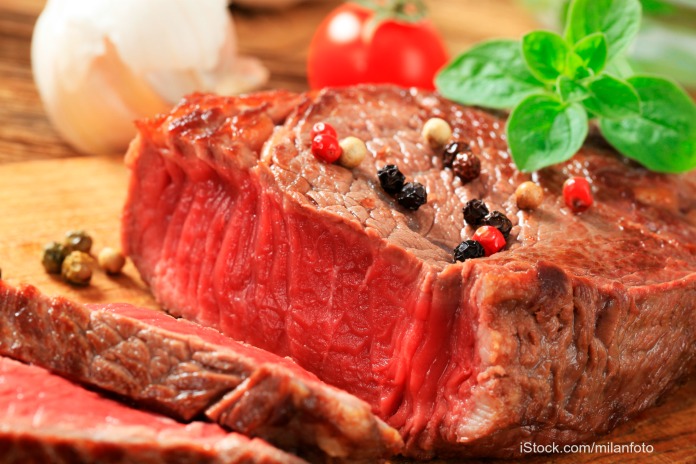With grilling season upon us and the Fourth of July holiday next week, most Americans are taking to their outdoor grills. We grill everything from chicken wings to veggies to burgers to steaks. But do you know if you are grilling mechanically tenderized beef?

There are several ways of tenderizing meat: marinating, the way you cut it after it’s cooked, and mechanical tenderizing. Knowing if the meat you are grilling is mechanically tenderized can make the difference between enjoying a nice meal and getting sick. And there’s a lot of mechanically tenderized beef out there: 6.2 billion servings of mechanically tenderized beef are served every year on American tables.
The USDA is offering tips on how to protect yourself and your family while grilling. One section of that piece focuses on mechanically tenderized meat – that is, meat that has been pierced with blades or needles to break down tissue and make the cut more tender.
But that method, while effective, comes with two flaws. The mechanically tenderized cuts do not look any different from whole cuts. If the person grilling is not the person who bought the beef, and wasn’t told about this treatment, they may undercook it. If there are any pathogens such as Salmonella or E. coli on the surface of the beef cut, the process of forcing needles or blades through the meat will drive those pathogens into the center. Then, if the meat is not cooked to a safe final internal temperature, such as rare, bacteria can survive and make you sick.
Beef producers have been required to label mechanically tenderized beef since 2017, after much discussion about that new law. That year, the CDC said that since 2000, there were six outbreaks attributed to mechanically tenderized beef products that were prepared in restaurants and in consumer’s homes. Some cases resulted in hospitalized patients and several people developed hemolytic uremic syndrome, a potentially life-threatening complication of an E. coli infection that is a type of kidney failure. Undercooking the beef was a significant contributing factor in all of those food poisoning cases.
So when you buy beef to grill, look for the mechanically tenderized label. If you aren’t sure if the cut you are buying has been through this process, ask your butcher.
And always cook whole cuts of beef, pork, and veal, such as steaks or roasts, to 145°F as measured with a food thermometer, and add a three minute stand time so the temperature rises to 150°F. Many recipes call for steak to be cooked to 120°F for rare, or 130°F for medium rare. Don’t try that with mechanically tenderized steak, or, for that matter, if anyone in your household is at high risk for serious complications from food poisoning.




